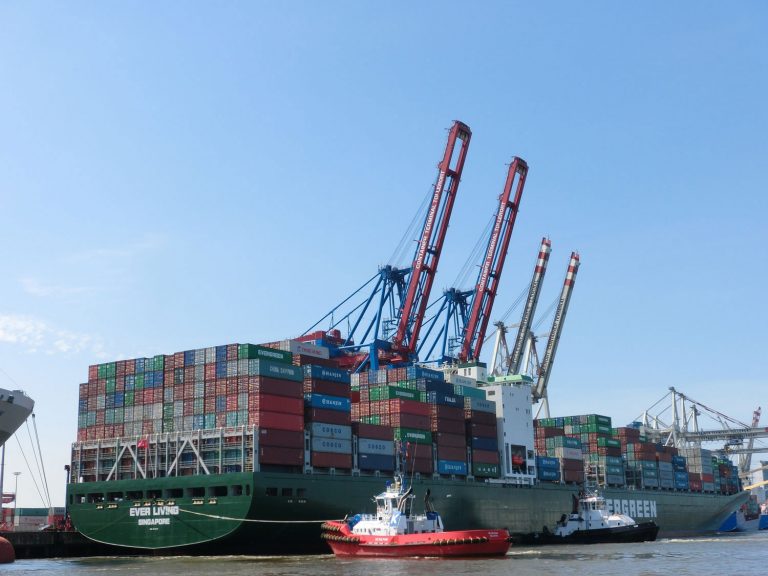
Date:
Blanked sailings leading to rate rises
In spite of fears that container carriers could suffer catastrophic losses and go bankrupt en-masse, because of the Coronavirus pandemic impact on global trade, shipping lines are now enjoying the highest spot rates in 5 years on some trade lanes and could well end the year with big profits.
Just two months after respected analysts were forecasting shipping line losses of $800 million, if they lost some volume but kept rates stable, to $23 billion if volume and rates fell 10%, the carriers have managed, not just to maintain stable freight rates, but start to increase them substantially.
Carriers “blanked” an unprecedented number of Asia-U.S. and Asia-Europe sailings in the second quarter to balance vessel capacity, with reduced shipper demand expected, in light of coronavirus lockdowns and social distancing.
As it turned out, cargo demand exceeded un-blanked vessel supply, causing rates to rise, particularly in the Asia-West Coast trade, with rates shooting up 57% in June, to 2018 levels, when U.S. shippers were driving huge demand to import cargoes to beat tariff deadlines.
Metro has volume and rate commitments across the main shipping lines and alliances, to keep our customers’ supply chains operating
Trans-Pacific rates to the West Coast are up 84% year-on-year, while rates to the East Coast are up 21% and China-North Europe rates up 26%.
With vessel capacity largely under the control of just three large global carrier alliances, calls for regulators to step in and protect shippers – who are paying higher costs, as a result of carriers artificially restricting access to capacity – will increase.
For manufacturers and business owners reopening their businesses and ensuring the protection of their workforces and their customers, the extra costs and uncertainty around the supply chain further complicate these issues.
With less capacity, ocean carriers are creating a sellers market, an environment into which they can introduce general rate increases and surcharges at a whim.
The concern for economists is that the lines concentration on revenue recovery, rather than service, will simply drive supply chain costs up and threaten a swifter economic recovery.
Metro has volume and rate commitments across the main shipping lines and alliances, to keep our customers’ supply chains operating.
With spot rates increasing to their highest recorded level in 5 years, we can offer the biggest volume shippers better deals than going directly to the lines.
